The DJI Mini 2 has officially touched down to become one of the least surprising launches in tech history, following weeks of spectacular leaks and unboxings.
The successor to the DJI Mavic Mini, which arrived in 2019 to become DJI's smallest and cheapest drone, the Mini 2 shares an almost identical design, but adds some crucial upgrades that could make it a prime candidate for Christmas stockings.
The big headlines are the inclusion of 4K/30p video shooting, a boosted 100Mbps video bit-rate, and the surprise inclusion of Ocusync 2.0 transmission, which significantly expands the drone's flying range.
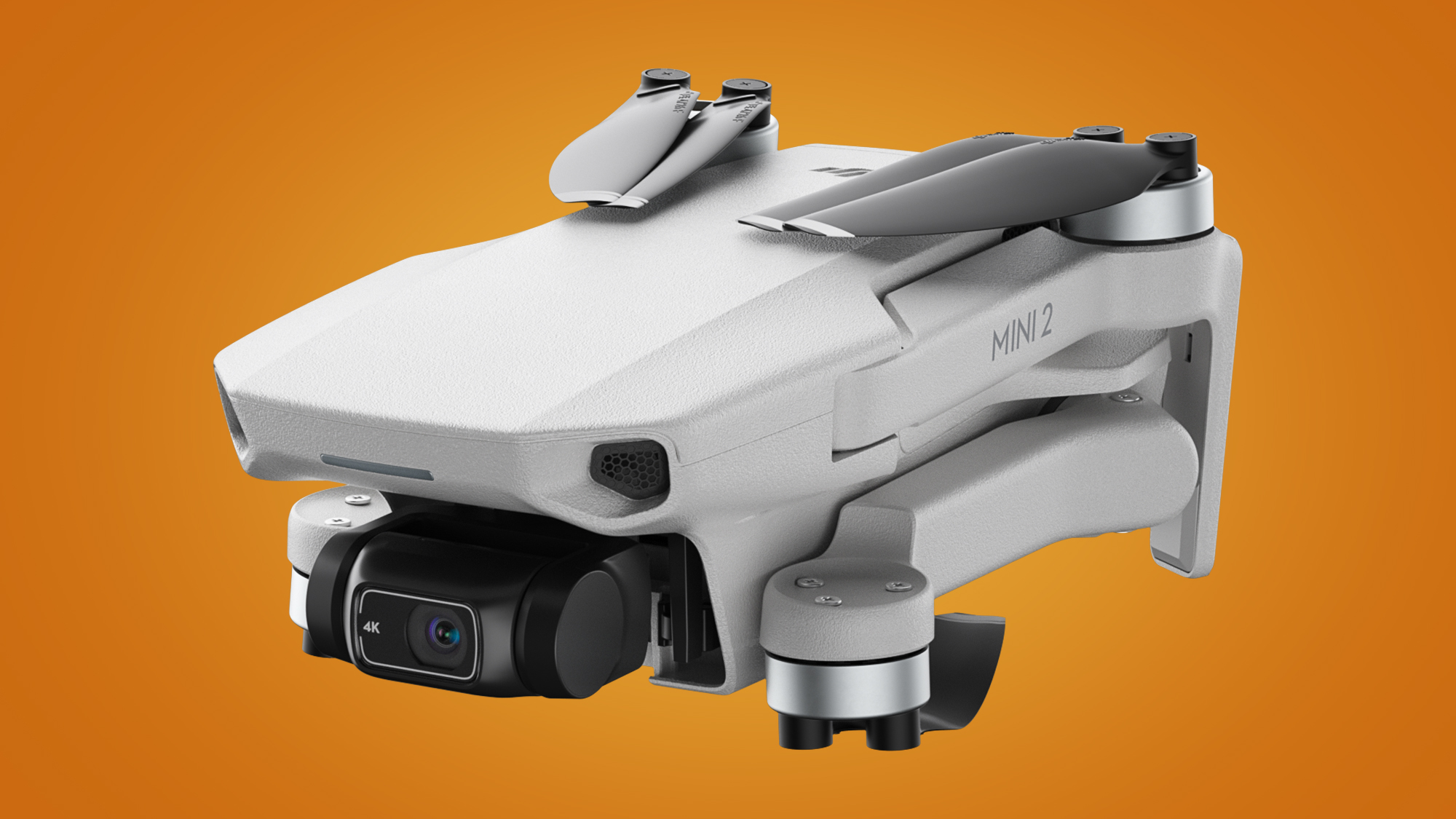
But there some omissions too, including the lack of the strongly rumored 'Follow Me' mode or 2.7K/60p shooting.
That's a slight shame for those who were hoping for a tiny drone that could automatically follow them around, but otherwise the DJI Mini 2 is shaping up to be the best beginner drone you can buy. Even with the DJI Mavic Mini confirmed to be remaining on sale.
We've been pouring over the Mini 2's specs sheet to bring you this breakdown of what new things DJI's diddy drone brings to the aerial filmmaking table. But first, the important question of how much it costs and when you can buy it...
- These are the best drones you can buy right now
- Read our hands-on DJI Pocket 2 review
- DJI Mini 2 vs DJI Mini: 5 key differences
DJI Mini 2 release date and price
The DJI Mini 2 is available to buy right now for $449 / £419 / AU$ 749 for its basic bundle. This includes the drone, remote controller, battery, smartphone cable (USB-C, Lightning and Micro USB) and extras including propellers and control sticks.
We usually recommend going for the Fly More Combo bundles on DJI drones, though, just because they offer good value on useful accessories. The DJI Mini 2's Fly More Combo costs $599 / £549 / AU$949 includes everything in the basic bundle, plus two extra batteries, a two-way charging hub, a carry case and propeller guards.
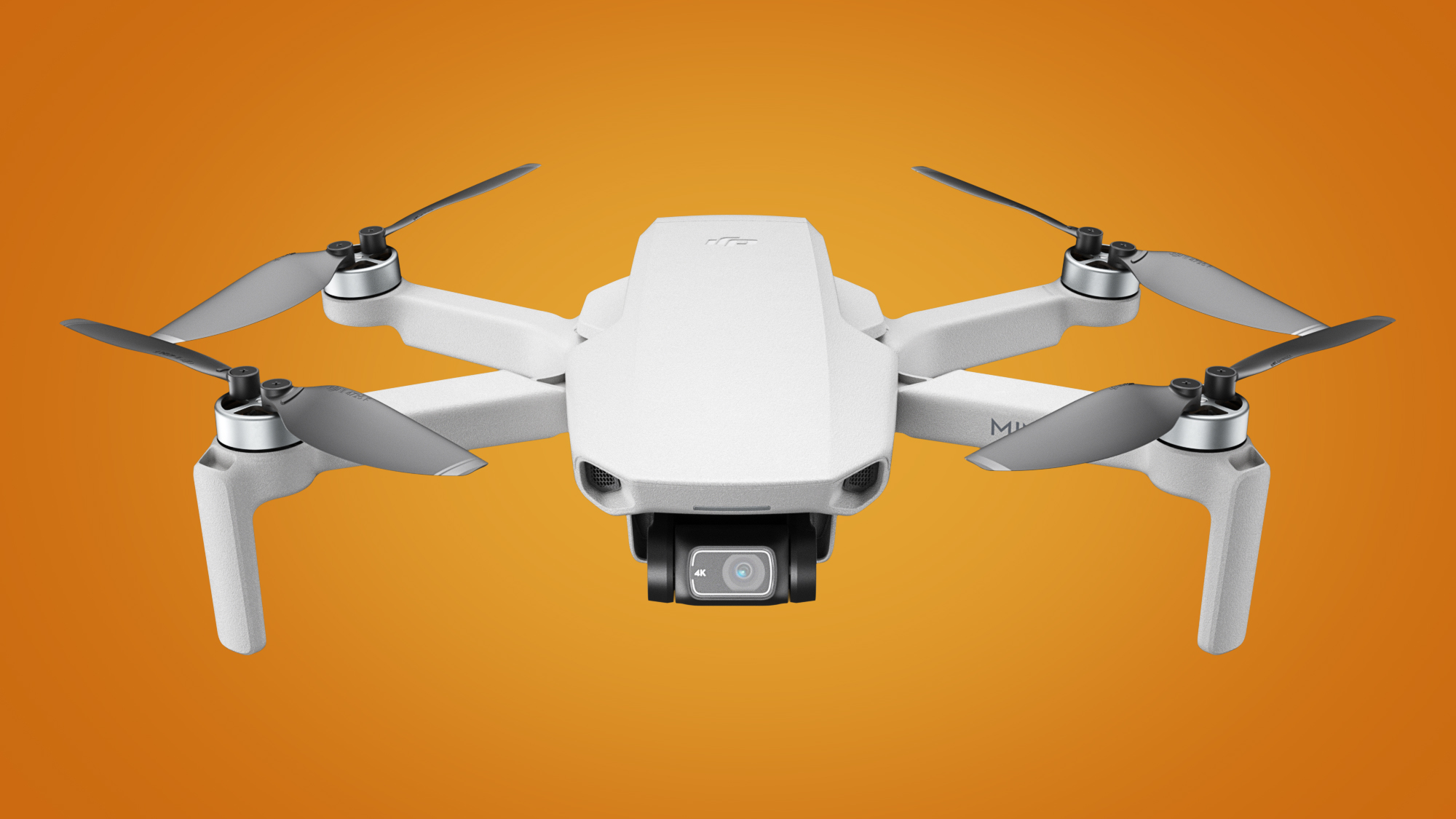
How does this compare to the DJI Mavic Mini's pricing? That drone arrived for $399 / £369 / AU$599, which is about 14% to 20% cheaper (depending on which country you live in) than the Mini 2.
DJI says the Mavic Mini will also remain on sale, so that's a potentially cheaper option if you don't need 4K video or Ocusync connectivity – and there's always the chance that retailers might give the Mavic Mini a slight discount in time for Christmas.
Still, there's no doubt that the DJI Mini 2 is a better all-rounder overall, thanks to the addition of these new upgrades and features...
DJI Mini 2 specs and features
- Shoots 4K video at 30p/25p/24p
- Now has Ocusync 2.0 connectivity for an increased flying range
- Also features a slightly boosted 31-minute flight time
Most of the DJI Mini 2 leaks, which included two unboxing videos and a listing on a German retailer, turned out to be correct, although a couple of rumored features sadly didn't make it onto the drone.
As expected, the big news is that the Mini 2 is a capable of shooting 4K video at 30p/25p/24p, which trumps the Mavic Mini's top 2.7K/30p mode. The new Mini also has a maximum video bit-rate of 100Mbps, quite a leap over its predecessor's 40Mbps.
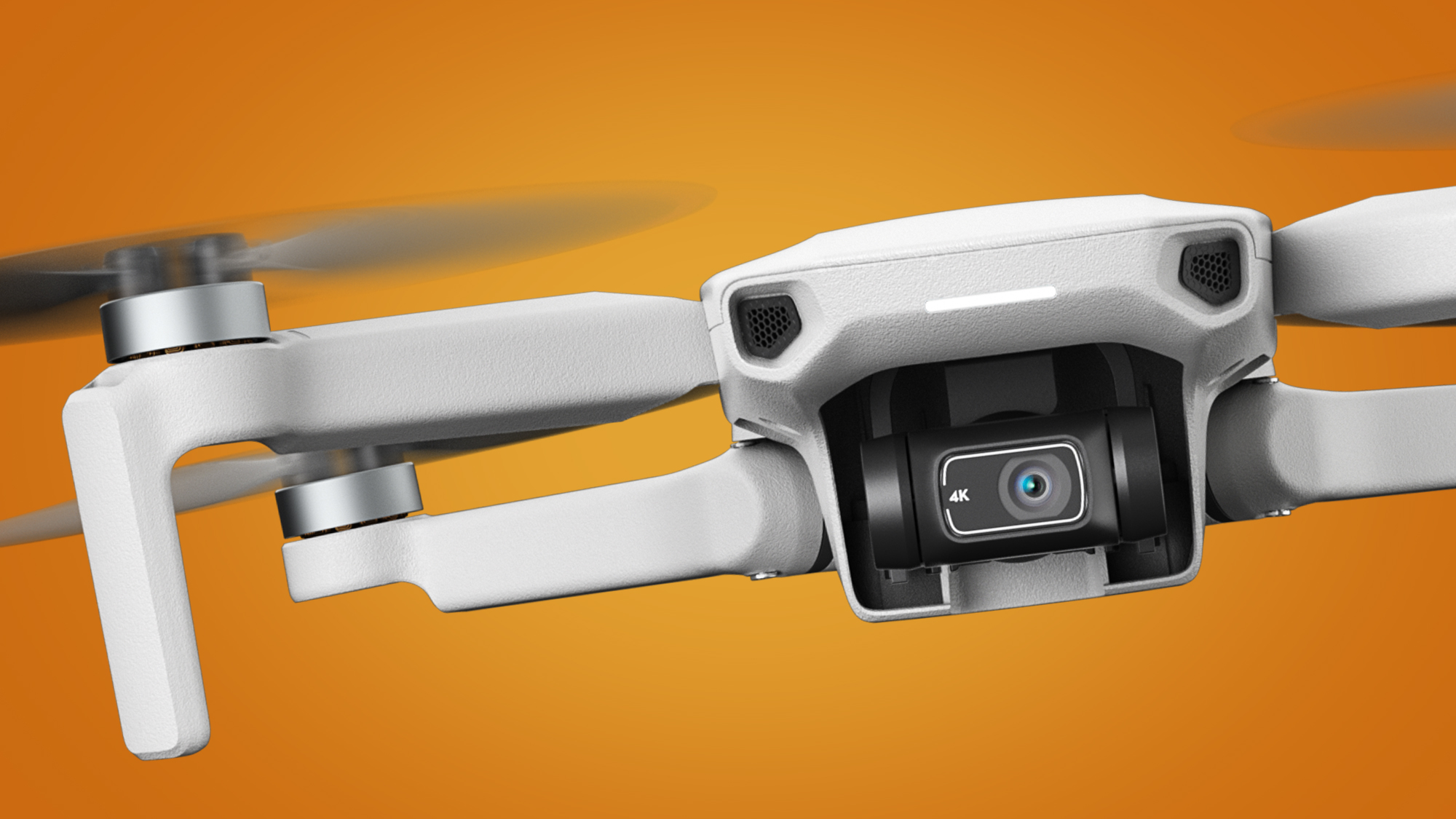
The combination of these two things should give the Mini 2 a noticeable boost in video quality, particularly if you tend to shoot for bigger screens rather than social media.
That said, both drones have identical 1/2.3-inch sensors and three-axis gimbals, so the leap probably won't be drastic either. It's also a slight shame to see there's still no 2.7K/60p mode on the Mini 2.
Beyond the video quality upgrade, the biggest new feature on the Mini 2 is that has Ocusync 2.0 transmission, thanks to its new controller.
What is Ocusync 2.0? DJI uses different transmission systems (which is the way the drone and controller communicate) for different drones, and Ocusync 2.0 is its most recent one. We saw the same connectivity recently on the more expensive DJI Mavic Air 2.
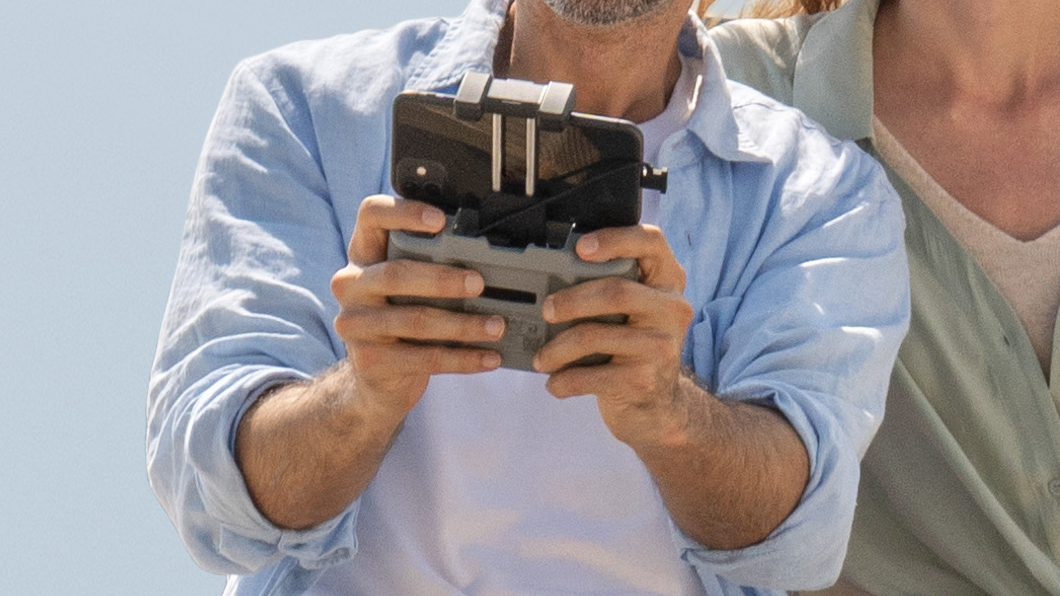
The main benefit of Ocusync 2.0 is improved flying range. The Mavic Mini uses 'Enhanced Wi-Fi' to connect to its controller, which limits its range to a maximum of 4km. That's still a long way for a beginner drone, though, particularly when most drone laws state that you must fly it within the line of sight. So it's something of a surprise to see the Mini 2 upgraded to Ocusync 2.0.
In theory, this means you'll be able to fly it via a reliable HD video feed from up to 6km away (in Europe) or 10km in FCC-compliant countries like the US and Australia. The real-world ranges are likely to be shorter than that, particularly in places with competing signals. But it again shows that the DJI Mini 2 is way more advanced than a 'toy drone'.
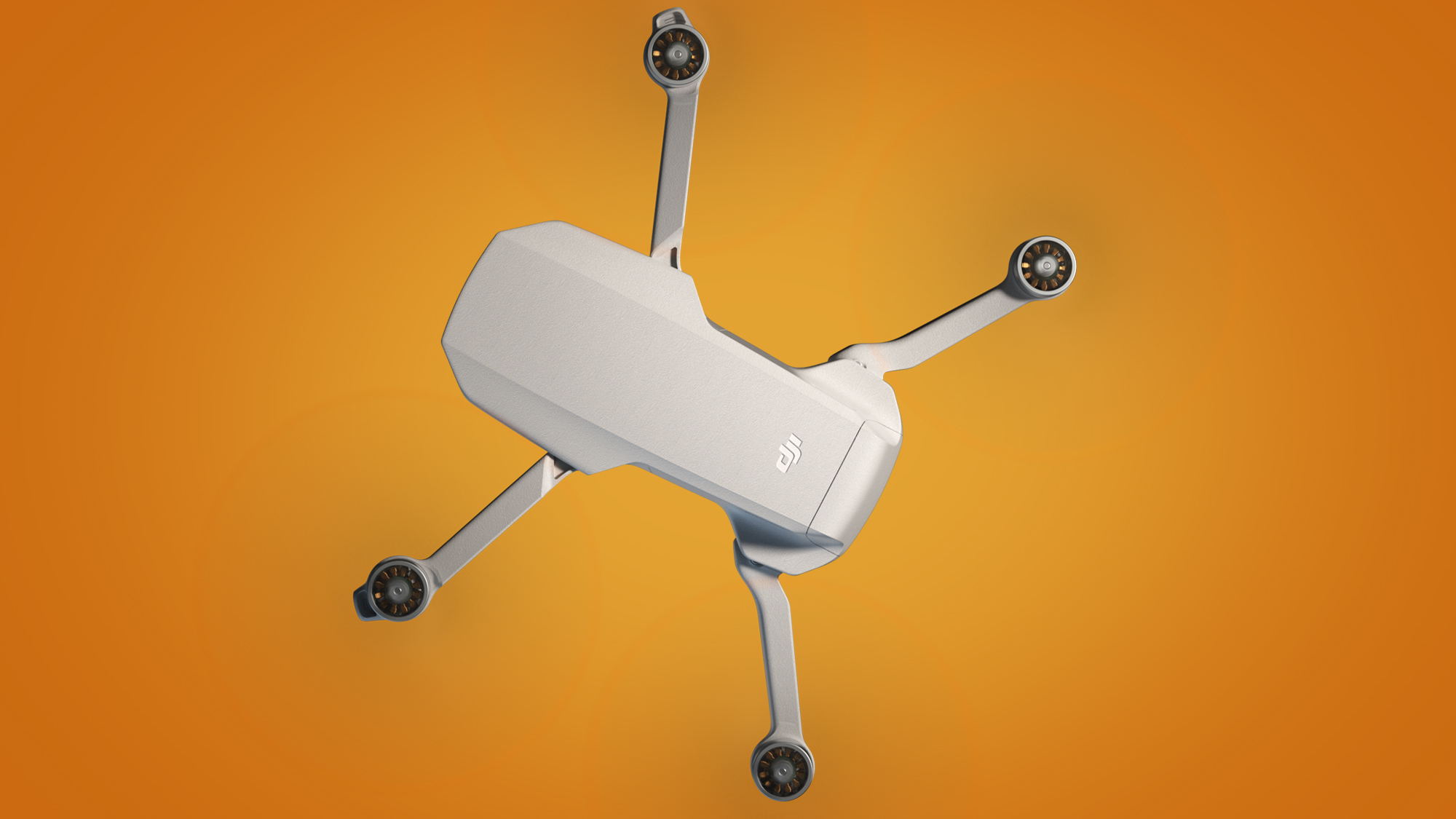
Two other upgrades over the Mavic Mini are some slightly more powerful motors and the ability to shoot raw photos.
DJI says the new motors give the Mini 2 slightly faster acceleration (5m/s, up from 4m/s) and a higher top speed, while also allowing it to withstand stronger winds of up to 24mph.
We'll have to see how this stands up in reality, but it's a relatively minor upgrade that doesn't change the fact that this is a drone that prefers flying in calm conditions.

More interesting for aerial photographers is the inclusion of raw photo shooting. This was a much-requested feature from fliers who felt too restricted by the JPEG-only shooting of the Mavic Mini, and it promises to give you more editing flexibility for the photos you take with the Mini 2.
The same flexibility hasn't been extended to the Mini 2's video, though, which you can still only shoot in MP4 (with H.264 or MPEG-4 AVC codecs). More advanced drones like the DJI Mavic Air 2 let you shoot in video profiles like D-Cinelike, so if you like to color grade your videos, you may want to consider DJI's mid-range drone instead.
DJI Mini 2 app and flying modes
- Controller-free connection to the DJI Fly app for downloading footage
- Includes five QuickShot video modes, including Boomerang
- No 'follow me' or ActiveTrack subject tracking
DJI says that its Fly app has been improved to make sharing your Mini 2 videos and snaps easier.
The main difference is that you can now directly connect your Android or iOS phone to the drone without needing the remote controller. From there, you can download images at 20MB/s.
Once they're on your phone, you can also do basic editing with a couple of new tools. Enhanced Photo applies automatic edits to make the image 'pop' (so expect the saturation to be cranked up), while Trimmed Download lets you make basic trims before you download them to your camera roll.
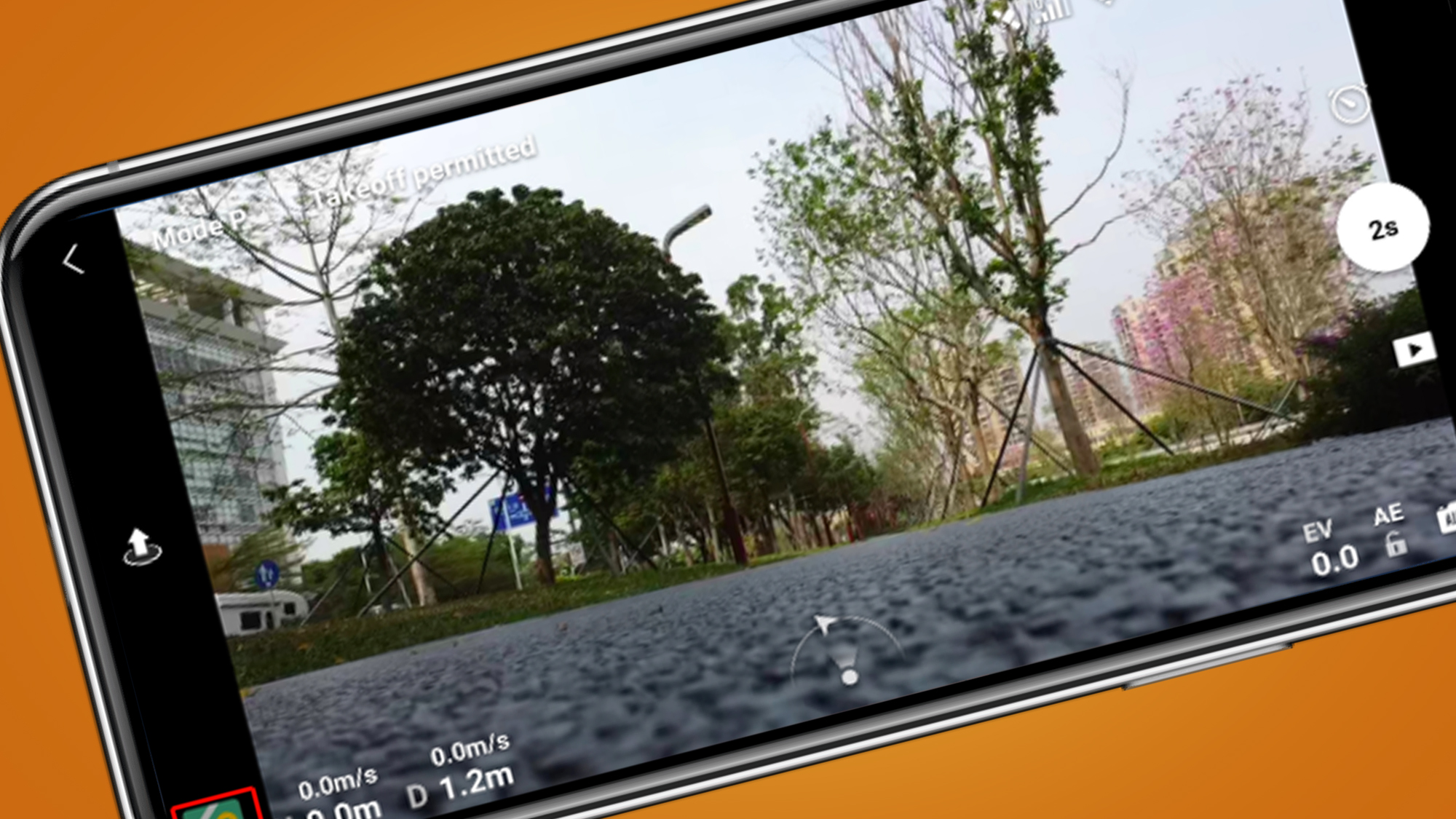
What kind of flying modes does the Mini 2 offer via its app? These are all pretty similar to the Mavic Mini, which means you get Geofencing and Return-to-home, along with an altitude limit that allows you to set a maximum if you're handing the controller to a novice flyer.
Like before, you also get a range of 'QuickShots', which are pre-programmed flying maneuvers that give you cinematic shots. These include Dronie, Helix (our personal favorite), Rocket, Circle and the new addition of Boomerang, which promises to see the Mini 2 fly a boomerang-like oval flight path around a subject.
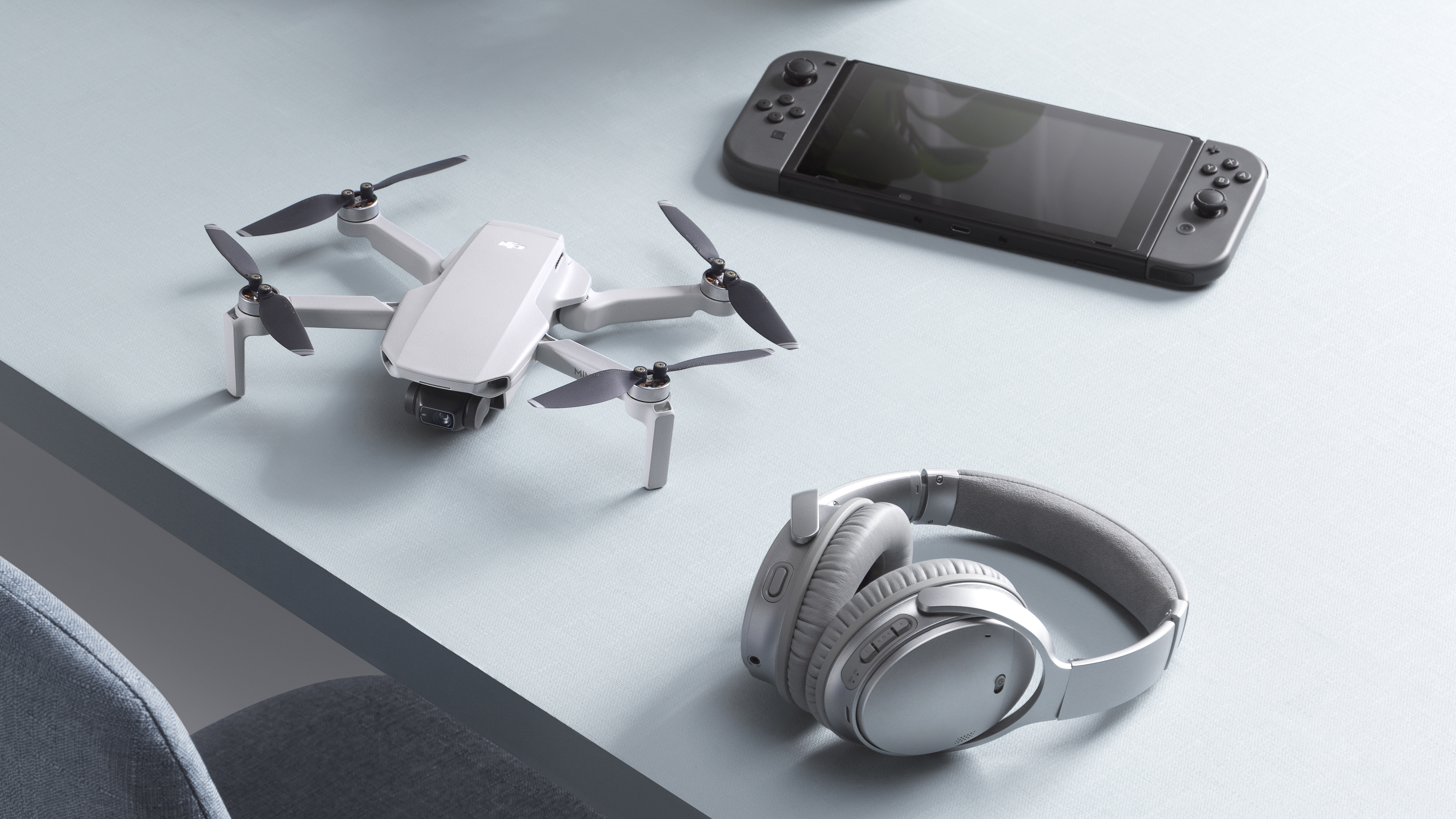
There is one big omission on the Mini 2, though, which was rumored to be on board – a 'Follow me' function. On other DJI drones, this uses GPS to automatically follow whoever is holding the controller, which is very handy if you're a solo filmmaker.
The DJI Mini 2's lack of a 'Follow me' mode or 'ActiveTrack' is a shame and may push some towards more advanced DJI Mavic Air 2. That said, there is some hope of a workaround with third party apps like Litchi.
DJI recently opened up the SDK for the Mavic Mini, which allows apps like Litchi (currently in beta) to add additional features like 'Follow Me' to compatible drones. Interestingly, DJI told us that there will be also be a Mini 2 SDK available, but not at launch. So while there might be a wait for developers to get their hands on it, it is en route. You can get updates on this via DJI's Developer page.

DJI Mini 2 early verdict
On paper, the DJI Mini 2 fixes most of our main criticisms of the Mavic Mini, including the lack of 4K video shooting. It also has a much longer range, the ability to shoot raw photos, and slightly more powerful motors to make it a more confident flier.
We're looking forward to testing the Mini 2 to see how much of a difference the latter makes, but when you add these features to the Mavic Mini's existing strengths – its tiny size, affordable price tag, and user-friendly flying – you get a very compelling new option for beginners looking to dip their toes into aerial filmmaking.
We're disappointed to see that there's still no 'follow me' mode or ActiveTrack subject tracking, though, and it's worth noting that in some countries (like the UK) even the DJI Mini 2 will need registering with civil aviation authorities from next year, because it has a camera. This has previously been something that this drone's 249g weight exempted it from.
Still, that's not currently the case everywhere, and the DJI Mini 2 otherwise has all of the tools needed to take the top spot in our best beginner drones guide. We'll let you know if it does indeed earn that number one ranking in our full review soon.
- UK drone laws: where can and can't you fly your drone?
from TechRadar - All the latest technology news https://ift.tt/3jZ7qk6
via IFTTT
0 التعليقات: